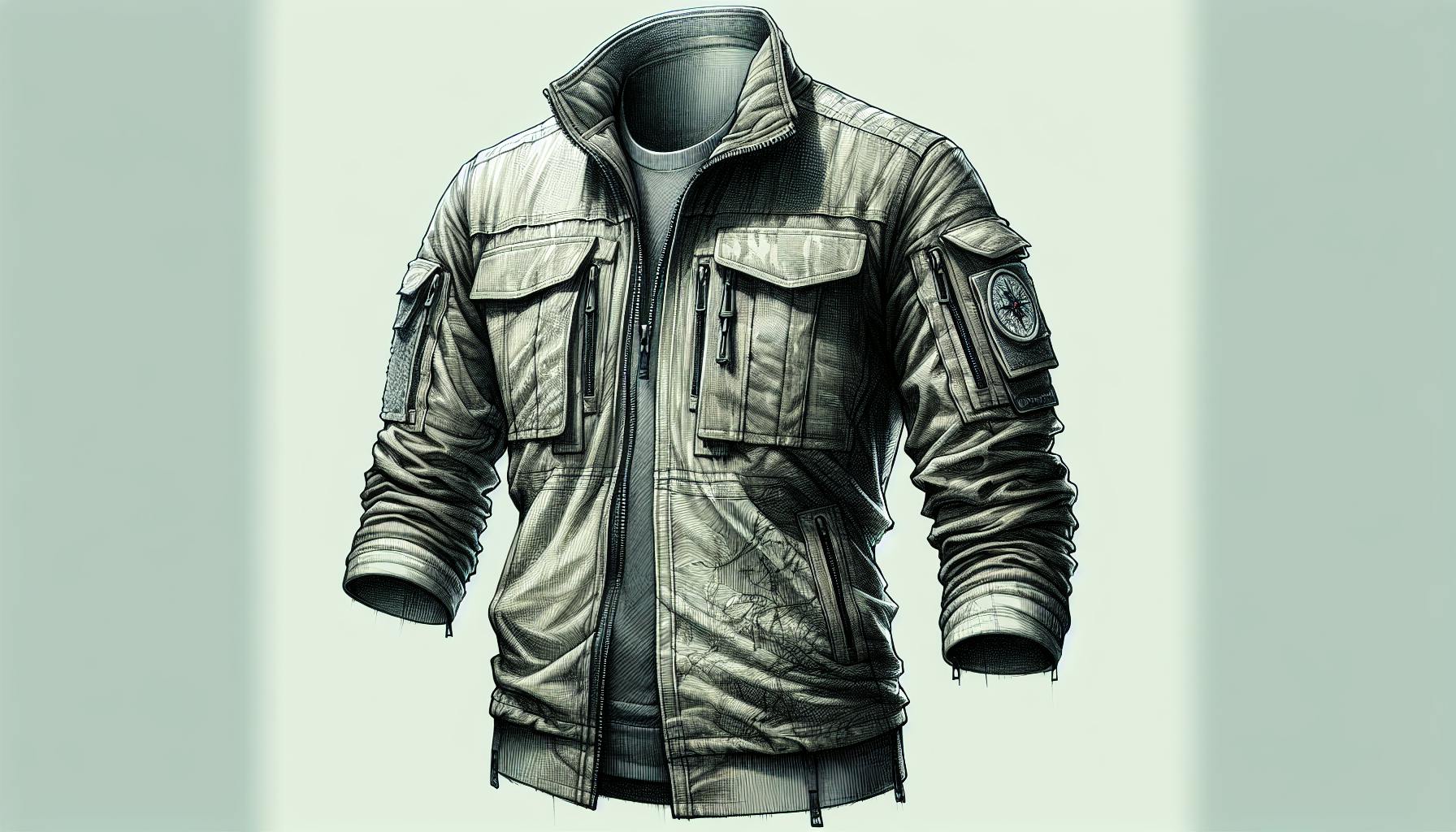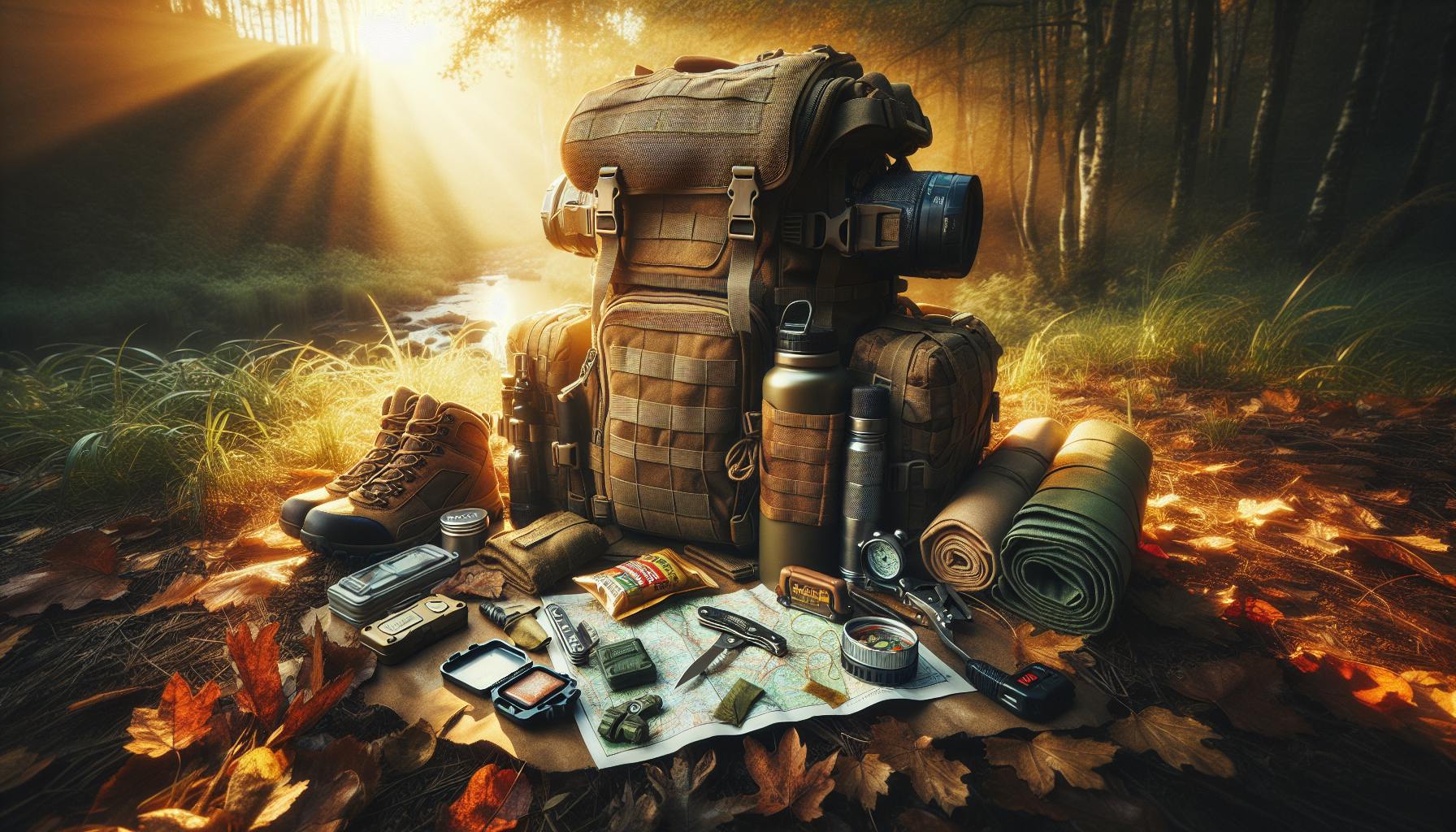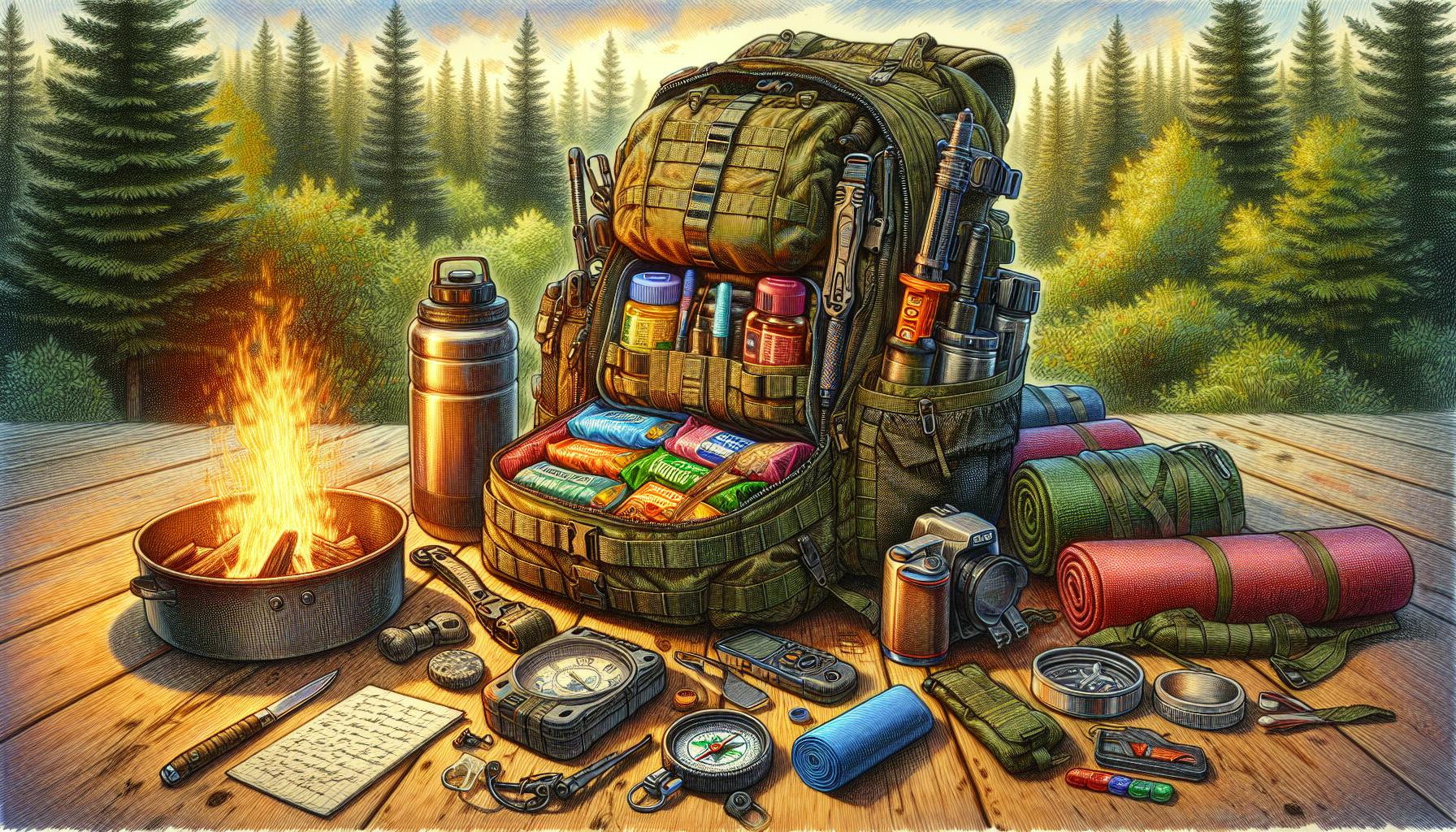Introduction to Creating a Comprehensive Prepper's Stockpile
Natural disasters, economic collapse, pandemics, civil unrest - emergencies can strike at any moment, often without warning. Having the right supplies and gear on hand can make the difference between barely scraping by and being able to sustain yourself and your family comfortably in a crisis. Planning and building a well-stocked prepper's stockpile is an absolutely essential step for anyone looking to become truly self-reliant and prepared for potential emergencies or disasters.
The key is focusing on long-term survival strategies and sustainable living when putting together your stockpile. By building a diverse and well-rounded stockpile, you’ll be ready to handle a variety of worrisome scenarios, whether it’s a hurricane, supply chain disruptions, or social chaos.
In this article, we’ll explore must-have items to include in your prepper’s stockpile, key considerations for building and managing your stockpile, and tips for acquiring supplies in a cost-effective manner. Let’s dive in!
Food Essentials for Your Prepper's Pantry
Food is one of the most vital categories for your prepper's stockpile. Having a substantial supply of non-perishable, nutritious foods can help you withstand disruptions to normal grocery supply chains for months or years if needed. Here are some of the most essential food items to stock up on:
-
Canned goods including tuna, salmon, chicken, beef, beans, fruits, and vegetables. Look for options with long shelf lives of 5+ years.
-
Rice, pinto beans, oats, and pasta in bulk quantities. These high-carb staples store extremely well long-term.
-
Freeze-dried meals and snacks from brands like Mountain House and Wise Foods which are compact and have a shelf life of 25+ years if stored properly.
-
Nutrient-dense superfoods like chia seeds, walnuts, goji berries, cacao powder. These pack nutrition into small packages.
-
Cooking oils like coconut oil and olive oil provide flavor and calories. Purchase quality oils with long shelf lives.
-
Salt, black pepper, garlic powder, cayenne, and other spices and seasonings to keep food interesting. Buy in bulk.
-
Water and water purification supplies like Sawyer filters, iodine tablets, and bleach to purify collected rainwater or other sources. Store at least 1 gallon per person per day.
Medical Supplies to Have on Hand
Medical emergencies can happen any time. Having supplies on hand to treat injuries and illness without access to hospitals can save lives. Be sure to stock up on:
-
Adventure Medical Kits which are packed with essentials like bandages, gauze, instruments, and medications. Have kits in your home, bug out bag, and vehicles.
-
Over-the-counter medications like ibuprofen, antihistamines, pepto-bismol, cough medicine. Rotate stock before expiration.
-
Antibiotics like amoxicillin, doxycycline and ciprofloxacin with long shelf lives to have on hand. Store properly.
-
Disinfectants, antiseptics, like isopropyl alcohol, povidone iodine, and antibiotic ointments to prevent and treat infections.
-
Burn cream, eye wash solution, and other specialty supplies for specific injuries.
Don't forget printed medical references like the Survival Medicine Handbook in case you need to provide advanced treatment.
Tools and Gear for Survival Situations
Having versatile, durable tools and gear can make short work of tasks and challenges you may face. Prioritize quality multi-use items.
-
Leatherman multi-tools, Mora stainless knives, Fiskars axes and saws for cutting, chopping, shaping materials.
-
Stainless steel mess kits and utensils from brands like Optimus for cooking over open flames.
-
Waterproof stormproof matches, BIC lighters, magnesium fire starters to start fires in any conditions. Practice skills to start fires with multiple techniques.
-
Fenix LED flashlights, Luci inflatable solar lights. Stock lots of rechargeable batteries or crank chargers. Glow sticks provide emergency lighting.
-
550 paracord, carabiners, duct tape for shelter construction, repairs, tie downs, and other resourceful applications.
-
Heavy duty contractor trash bags and tarps from brands like Husky to construct waterproof shelters.
Self-Defense Items to Protect Your Stockpile
Security may become a serious issue in prolonged social unrest or emergencies. Be prepared to defend yourself and your supplies if absolutely needed.
-
Ruger 10/22 rifle, Mossberg 500 shotgun for hunting and protection. Stock .22 LR and 12 gauge ammunition. Get professional training.
-
MACE pepper spray, stun batons for non-lethal self-defense options if firearms are unavailable in your region.
-
Two-way radios for communication, motion alarms and trail cameras to set up an early warning system around your homestead.
Other Essential Supplies for Preppers
Round out your stockpile with miscellaneous items:
-
Cash in small denominations, silver coins for bartering. Currency may be worthless, so have trade goods.
-
Liquor, tobacco, coffee, tea are comfort items many will value during times of stress. Stock plenty for personal use and trade.
-
Goal Zero solar panels and batteries to recharge devices and power essentials. Store fuel stabilizer to extend gas and diesel shelf life.
-
Emergency zone deluxe crank radio for weather band updates. Signaling mirrors, whistles, flares for rescue.
-
Local topographical maps and a lensatic compass for navigation if GPS fails.
Key Considerations When Building Your Stockpile
Creating your prepper’s stockpile takes planning and foresight. Keep these tips in mind:
Choose Suitable Storage Locations
-
Store your bulk food supplies in a basement or root cellar between 50-60 degrees Fahrenheit to maximize shelf life of 30 years or more.
-
Maintain concealed caches away from your property using waterproof storage containers buried at least 3 feet underground as a contingency.
-
Consider ease of access and transport to bug out locations. Stash some supplies in your vehicle.
Track Your Inventory Closely
-
Make detailed lists of your stockpile contents including purchase dates, expiration dates, storage locations.
-
Label all food using a sharpie. Store foods in Rubbermaid or Sistema plastic containers to protect from pests.
-
Take an annual physical inventory and replace depleted items.
Acquire Stockpile Items Economically
-
Shop wholesale clubs like Costco, Sam's Club to buy bulk foods, tools and medical supplies at a discount.
-
Use a credit card with a rewards program to earn cash back on large prepper purchases.
-
Gradually accumulate supplies over time to spread out costs.
Secure Your Stockpile from Threats
-
Avoid attracting attention by keeping a low profile with your prepping activities. Be discreet.
-
Use heavy duty combination safes and lockable storage containers like Jobox to secure your supplies.
-
Bury or hide caches on public land that only you can find, not on your own property.
Test and Practice Preparedness Plans
-
Conduct fire drills and emergency evacuation drills on a monthly basis to test your operational readiness.
-
Cook meals using only your food stock and stored water to evaluate taste and nutrition.
-
Take survival training courses and practice essential skills like orienteering, trapping, hunting, gardening.
Key Takeaways on Creating the Ideal Prepper’s Stockpile
Whether you’re a seasoned prepper or just getting started, having a diverse stockpile is crucial to protect your family. Focus on long-term shelf stable foods, water, medical supplies, versatile tools, and key survival skills. Take an incremental approach, acquire items economically, and keep your efforts low profile for increased security. With a comprehensive prepper’s stockpile and the knowledge to use it, you’ll be well-equipped to sustain yourself through any emergency situation for months or years if needed. Use this guide to help create your ideal survival stockpile and achieve true self-reliance.


